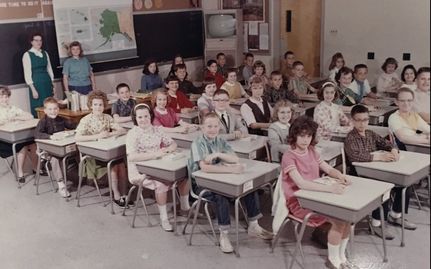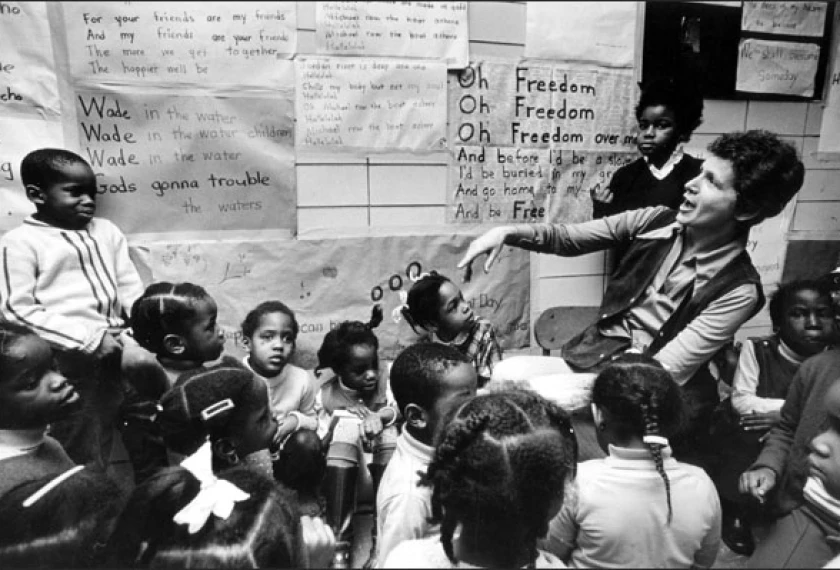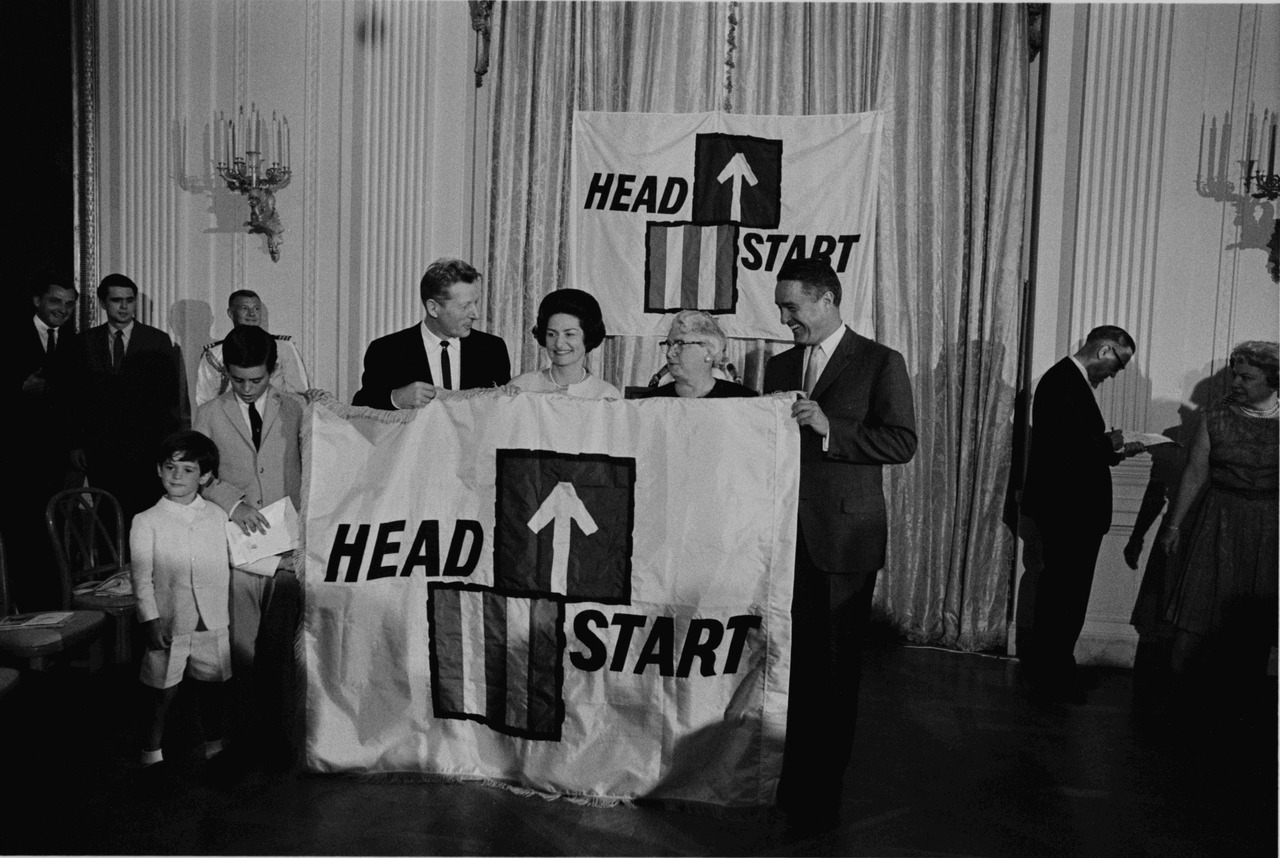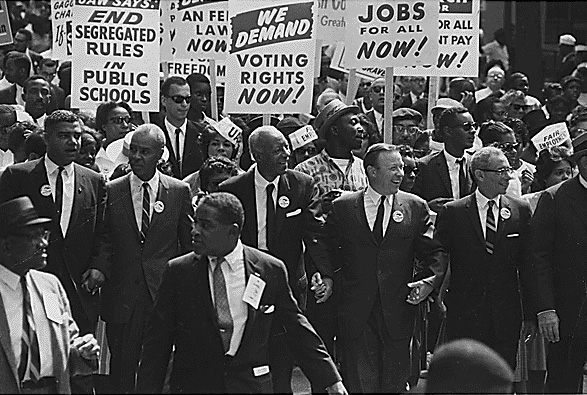
“Ms. Emma Sickmeyer pictured with elementary students” ("1960s").
Wealthy School District in 1960s
Sesame Street:
A...B...C, C is for Communication
Downfall in Early Childhood Education for Low-Income Families

“Ms. Emma Sickmeyer pictured with elementary students” ("1960s").
Wealthy School District in 1960s

“Deborah Meier leads a class in Harlem in New York City in 1968. She founded schools in East Harlem and Boston's Mission Hill community” (Meier).
Poverty Stricken School in 1960s
“But I couldn't get over the gap between the kind of education I had experienced and what I saw going on in these schools. I was learning, not about teaching, but about the kind of schooling far too many children were exposed to.” -Deborah Meier, Former Preschool Teacher
“And the more scant a household’s resources were, the greater the chance that its children were underprepared for elementary school, relative to their middle-class peers. The studies that Morrissett read determine that a black child from a poor neighborhood in New York was likely, as he recalled, to come to school ‘a few months behind in first grade and to be a year and one-half behind by third grade’” (Kamp 11).

"Lady Bird Johnson attends the ceremony for National Head Start Day, June 30, 1965. Front row, left to right: Timothy Shriver, Robert Shriver, Danny Kaye, Lady Bird Johnson, Mrs. Lou Maginn (Director of a HeadStart project in East Fairfield, Vermont), Sargent Shriver" ("This Day In History").
"I believe that this is one of the most constructive, and one of the most sensible, and also one of the most exciting programs that this nation has ever undertaken."
— President Lyndon B. Johnson on the Head Start program, May 18, 1965
“The signature achievement of President Lyndon B. Johnson's War on Poverty was the Elementary and Secondary Education Act of 1965, which allocated federal funds to public education on an unprecedented scale, to nearly twenty-seven thousand school districts, and explicitly sought, as Sesame Street later would, to close the 'achievement gap' between children from lower-income families and middle-class households” (Kamp 28).
"Yes, our slogan must be learn, baby, learn, so that we can transform dark yesterdays into bright tomorrows of justice and humanity" (Sesame Education).

"Rowland Scherman for USIA, Photographer. Courtesy of U.S. National Archives and Records Administration" (Scherman).
"Children of poverty were definitely falling behind, and we wanted to bring poor children some of the advantages that middle class children had in education."
- Joan Ganz Cooney
With an increase in the demand for human rights, more awareness was brought to a television consultant, Joan Ganz Cooney. She realized some people didn't have everything fair in their lives yet, which led her to start Sesame Street to help decrease the education gap between children of different socioeconomic levels.